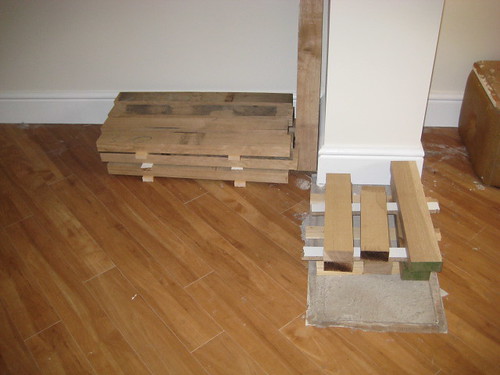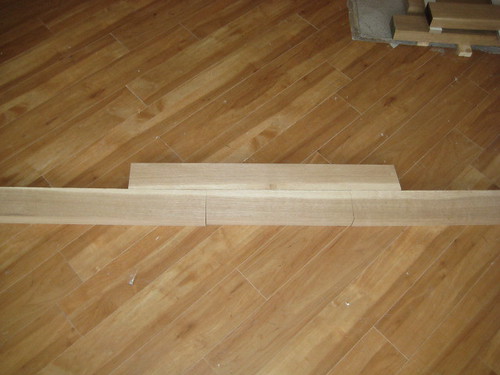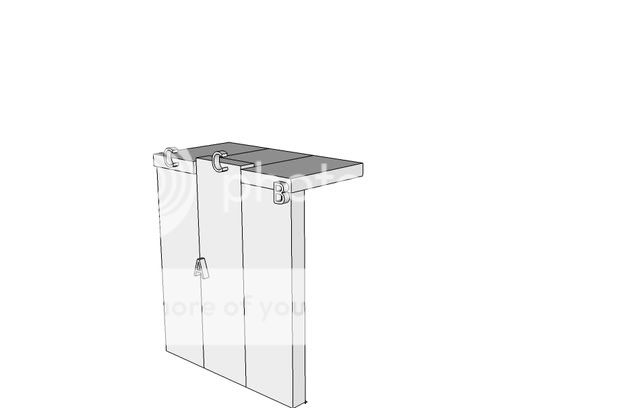So after the garden bench I thought I should try something a next step along in the complexity stakes.
Girlfriend has been after a side-table to go by the sofa in the sun room :
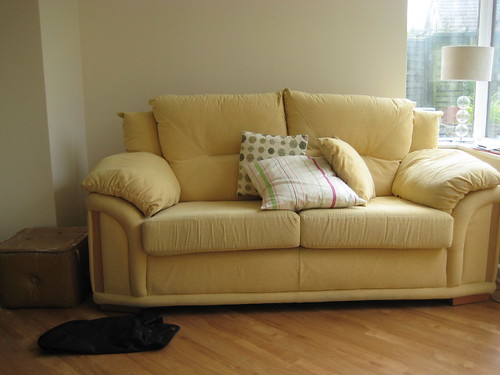
I saw this post by Pryally a few months ago and thought it would be ideal :
https://www.ukworkshop.co.uk/forums/viewtopic.php?t=22847

After a chat with her in charge it was decided that the unit would be 60cms tall, 30cms wide and 39cms deep (so making the unit 6 slats wide each at 6.5cms)
So this afternoon I headed down to Interesting Timbers to buy some 1.5inch thick planks :
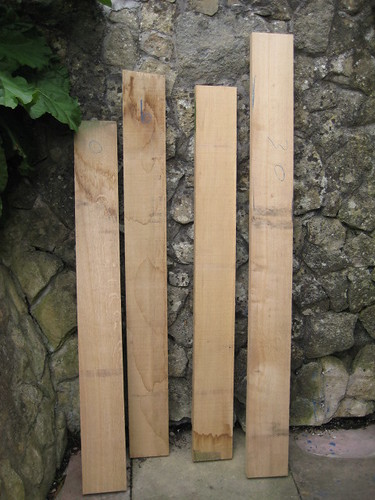
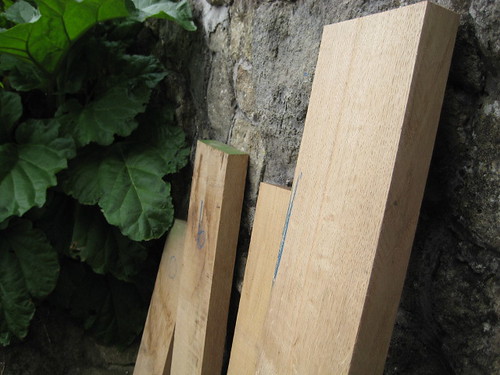
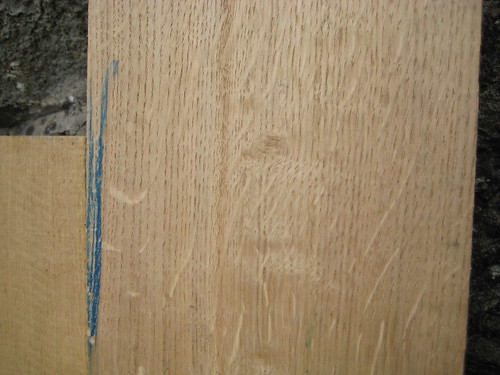
Anyone got any tips on how I can ensure all the boards end up exactly the same width ? I am guessing its all about featherboards ?
Girlfriend has been after a side-table to go by the sofa in the sun room :

I saw this post by Pryally a few months ago and thought it would be ideal :
https://www.ukworkshop.co.uk/forums/viewtopic.php?t=22847

After a chat with her in charge it was decided that the unit would be 60cms tall, 30cms wide and 39cms deep (so making the unit 6 slats wide each at 6.5cms)
So this afternoon I headed down to Interesting Timbers to buy some 1.5inch thick planks :



Anyone got any tips on how I can ensure all the boards end up exactly the same width ? I am guessing its all about featherboards ?





